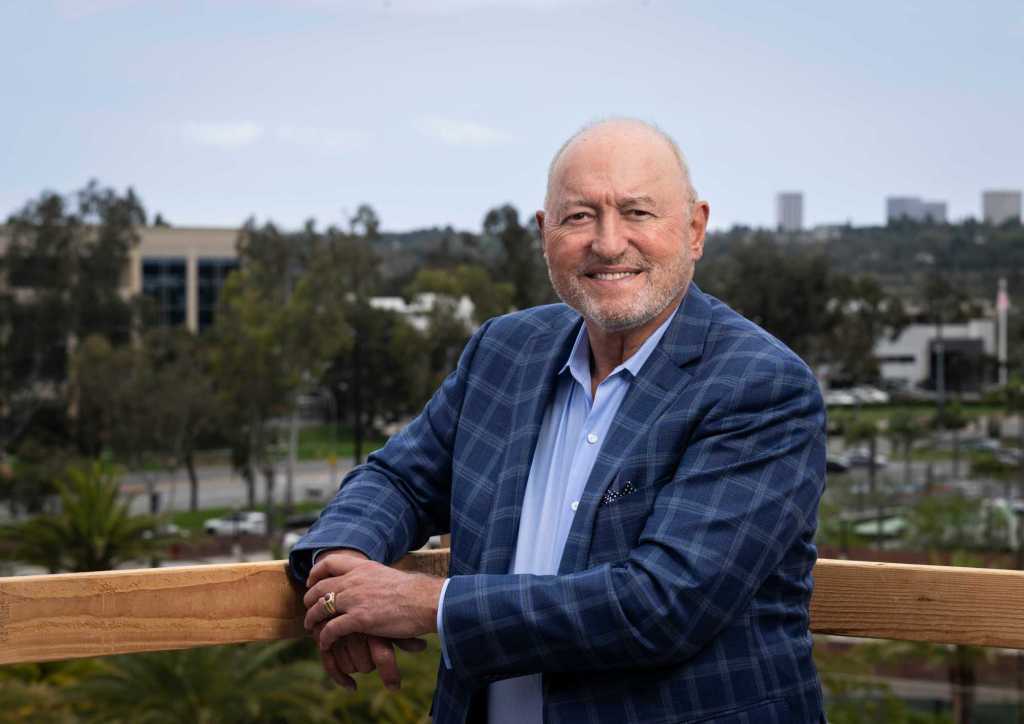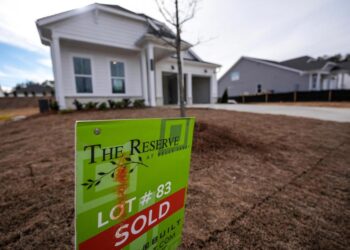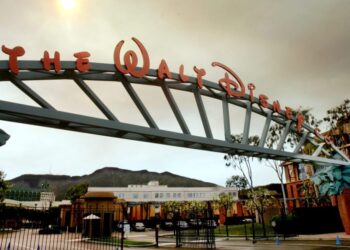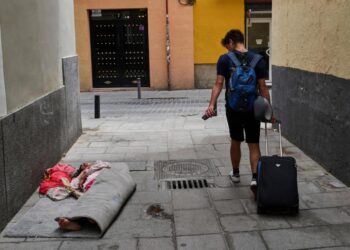Shopping center landlords have found themselves in a wholly unfamiliar position: For the first time in 20 years, demand for retail space outstrips supply.
That demand has soared recently and, after years of muted construction and a purge of weak-performing properties, met a retail market with less available space. Properties that survived the purge signed up tenants that would draw more shoppers and give them more reason to linger. That meant more restaurants and venues that promote recreational experiences such as ax throwing and, more recently, pickleball. It also meant less space for traditional retailers that weren’t performing as well, including bookstores and apparel brands.
Because of those moves, “there’s not as much redundancy from tenants, and landlords are creating much more robust tenant mixes,” said Barrie Scardina, president of Americas retail services, agency leasing and alliances for Cushman & Wakefield, a real estate firm. “We are seeing some of the most productive occupancy recorded in the last 10 years.”
Shopping center vacancy is the lowest it has been in two decades, at 5.4%, Cushman & Wakefield said in a recent report, and the edge in lease negotiations has shifted from tenants back to landlords.
To meet demand, developers are on the hunt for distressed and failed properties — or even locations where retail would be a better fit than the current use. Partners Capital is converting a 100,000-square-foot office complex near Las Vegas into a $30 million project, called the Cliff, that will include restaurants, boutiques, health-and-wellness operators, entertainment space and a central bar. This is a shift from what the developer was doing just a few years ago, when it was selling off much of its retail-center portfolio and pivoting to industrial buildings that housed tenants such as logistics providers, said Bobby Khorshidi, president of the firm.
Partners Capital’s move is an apt representation of how the fates of office properties…
Read the full article here







